I’ve never heard a combat athlete complain that they hit too hard.
We all know the feeling; if you’ve been training for a little while hitting pads and/or the heavy bag, no doubt you’ve experienced that ‘crack’ where leather meets leather at full extension of the elbow. Fast contact, hip turned, sitting down on your cross to create impact at a speed that leaves both you and your pad holder nodding and grinning at each other. That’s what keeps you coming back. All sports have those moments of perfection, where everything aligns and perfection feels effortless.
How can we experience more of those moments and how can we make those moments even more devastating at impact? I’m glad you asked...
There is detail to every sport and this detail can be studied down to the finest movements and moments. For example, I’m sure you’ve been in a public gathering watching an MMA event and heard people complaining about the ground and grappling component. ‘Get off him’, ‘stop cuddling’, ‘when are they going to bang again!?’ - these are comments from people that don’t understand or appreciate the detail, finesse and difficulty involved in grappling. I’m sure an expert at something as ‘simple’ as throwing a dart could break down the detail from what my uneducated eye sees as a flick of the wrist into several complicated steps to ensuring efficient, effective technique that can be replicated over and over again.
What I’m saying is, the first place to start with developing punching power is to understand the detail in efficient technique - especially as a Strength & Conditioning coach as this is how I determine what muscles and movement patterns to train and how to train them.

Here’s where the ‘sport-specific’ debate comes into play. Often I find myself leading athletes away from what they deem as ‘sport-specific’ exercises. Uneducated fighters are notorious for grabbing onto a cable machine or dumbbell and throwing punches thinking that that will translate to more punching power. Not only is this an inefficient way to develop strength and power, but loading a movement pattern as sensitive as your punching technique could ultimately lead to loss of technique, an increase of bad habits and potentially injury. This is why we have to differentiate between a sporting movement pattern vs. physical development.
To determine the best way to train in the gym for a particular sport, I run through a short checklist that ensures I dodge the instinctual habit of simply replicating a sporting movement with weight:
I. Identify muscles involved in the movement
II. Identify isolated muscular contraction for these muscles
III. Identify the type of muscular contraction during activity (speed and/or power or strength, endurance, etc)
IV. Identify proven exercises to train these muscles
V. Use research-based set x rep schemes for the desired outcome
We must remember that in the gym, we are not practising our sport; we are training the physical attributes of our given sport.
With the above in mind, we can now progress to identifying which muscles are going to be of greatest benefit to train and how to train them.
It is no secret that punching power is generated out of the ground. To launch an attack, a good fighter will establish a strong, stable base and use that base as a platform to generate energy into the ground which then, through an athletic process termed ‘Ground Reaction Force’, will receive that energy/force back into the body, which can translate into an attack such as a punch, kick, takedown, etc.

When broken down, this delivery of force from the ground through to the fist can look something like this:
I. Force driven into the ground, created via rapid and powerful contraction of the muscles around the hips and lower body
II. Force ‘rebounds’ out of the ground and travels back through the structures and frames of the athlete such as stable knees and midsection
III. Force is multiplied via Anterior and Posterior Oblique Slings working in harmony together to direct that force down the arm and finally deliver to the fist
Note - it is wise to recognise that a lot of the initial force created by the hips and lower body may be dissipated/lost via weak structures and alignment of major joints such as ankles, knees, hips and the midsection/core.
Now that we have a clear distinction of the movement pattern, muscles involved and type of muscular contraction involved in throwing a punch, we can begin prescribing exercises. These exercises may not necessarily look anything like throwing a punch, but the benefit gained from training will translate to positively affecting the outcome.
For example, did you know it has been proven that how far a golfer can hit a golf ball is directly related to how high they can jump!?
- Because a vertical jump is a direct result of a. How much force can be created and b. How much force can be received (through structures and frames as mentioned above).
Once technical skill is accounted for, the major influencing factor for performance is the rate of force development.
Although, I am yet to see data directly relating to punching, the golf swing and throwing a punch share very similar movement patterns and qualities so it would be logical to assume that if a combat athlete were to increase their vertical jump, this would translate to a more powerful, harder hitting punch.
This being the case, it’s no surprise that my ‘5 Exercises that Translate to Bigger Punching Power’ are heavily influenced by exercises that are known to increase vertical jump.
So, here they are:
1. Heavy Sandbag Squat
2. Deadlift
3. Kettlebell Swing
4. Med Ball Side Wall Toss
5. Pallof Press Crab Walk w/ mini band
Heavy Sandbag Squat
It’s hard to go past what are widely regarded as the ‘King of all lifts’ - some argue this is the squat, others argue it’s the deadlift. Let’s just do both! The Heavy Sandbag Squat is a slight deviation from the common Barbell Back Squat for good reason.
The Barbell in the Back Squat is efficiently placed almost directly on top of your centre of mass, allowing a large amount of weight to be placed on top of the quads and loaded through the hips. In contrast, the Sandbag is held or ‘hugged’ in front of the chest and belly which not only loads the legs and hips but also challenges the postural muscles not to collapse under the forward falling weight of the Sandbag.
This extra challenge of the postural muscles will pay dividends when delivering your punch as the aforementioned force is multiplied while travelling through your Anterior and Posterior Sling.
Deadlift
Unsurprisingly, a very close second on our list is the beloved Deadlift. Regularly finding itself as the topic of debate between risk vs. reward, it is my personal opinion that the rewards gained from Deadlifting correctly far outweigh the risks involved. Not to mention, these risks can be almost entirely mitigated via technical coaching and proper loading/preparation schemes.
The Deadlift will have huge carry over to your punching power by developing your posterior chain - the huge group of muscles that are involved in extending your hips.

Kettlebell Swing
Largely overlooked and disregarded by athletes as a ‘general fitness’ tool, Kettlebell Swings are your ticket to so many beneficial athletic qualities. Often, when we try to develop multiple areas of performance with one exercise or movement, we sacrifice overall benefit and should have just isolated one thing at a time.
The kettlebell swing is an exception to this rule. Just have a look at the areas this exercise will improve:
I. Explosive hip extension
II. Lower body stability
III. Ground reaction force enhancement
IV. Postural maintenance
V. Posterior chain recruitment
VI. Scap awareness & stability
VII. Abdominal engagement
VIII. Coordination and Timing
IX. Anaerobic conditioning

Med Ball Side Wall Toss
Moving onto something that will fire up and develop those rotational muscles, the Med Ball Wall Toss is a staple exercise that you’ve most likely seen or tried before.
The best piece of advice I can give when undertaking this exercise is to not just mimic the movement pattern you see by throwing the ball at the wall as hard as you can. Remember, you’re loading and practising sensitive muscle firing patterns.
Load the rear hip as you turn away from the wall and initiate the movement by generating force into the ground. Feel the hips turn toward the wall while delaying the upper body’s rotation until it is pulled forward from the hips by what can be referred to as an ‘X-Factor’ stretch and increase velocity as you turn toward the wall and release with passive arms.

Pallof Press Crab Walk w/ mini band
What may seem like an unlikely entry into our 5 is the Pallof Press which has been long regarded as the ‘go-to’ exercise for anti-rotation and stability.
Anti-rotation exercises have been used in conjunction with rotational exercises (such as the above Med Ball Side Wall toss) to produce a synergistic effect overall.
My personal programming of this exercise adds a mini band around the knees and involves a crab walk away from the cable or band that you’re holding to perform the Pallof Press. This variation adds resistance to the Glute-med which is one of our major lower body stabilising muscles while increasing the anti-rotational difficulty.
The above 5 exercises are an excellent way to begin training with purpose and channelling your efforts in the gym toward performance in the cage, ring and mats. Programming and sets x reps schemes will change depending on your experience level and your current phase of training but these can easily be assessed and prescribed by an experienced coach.
Let us not take away from the fact that the biggest influencing factor toward increasing the power of your punch will come from technique, so don’t make the mistake of assuming you could just ‘muscle’ your way to a more powerful punch.
For all Strength & Conditioning programming enquires, please email ryan@cmbttrainingcentre.com or find me on Instagram @ryan.gambin.


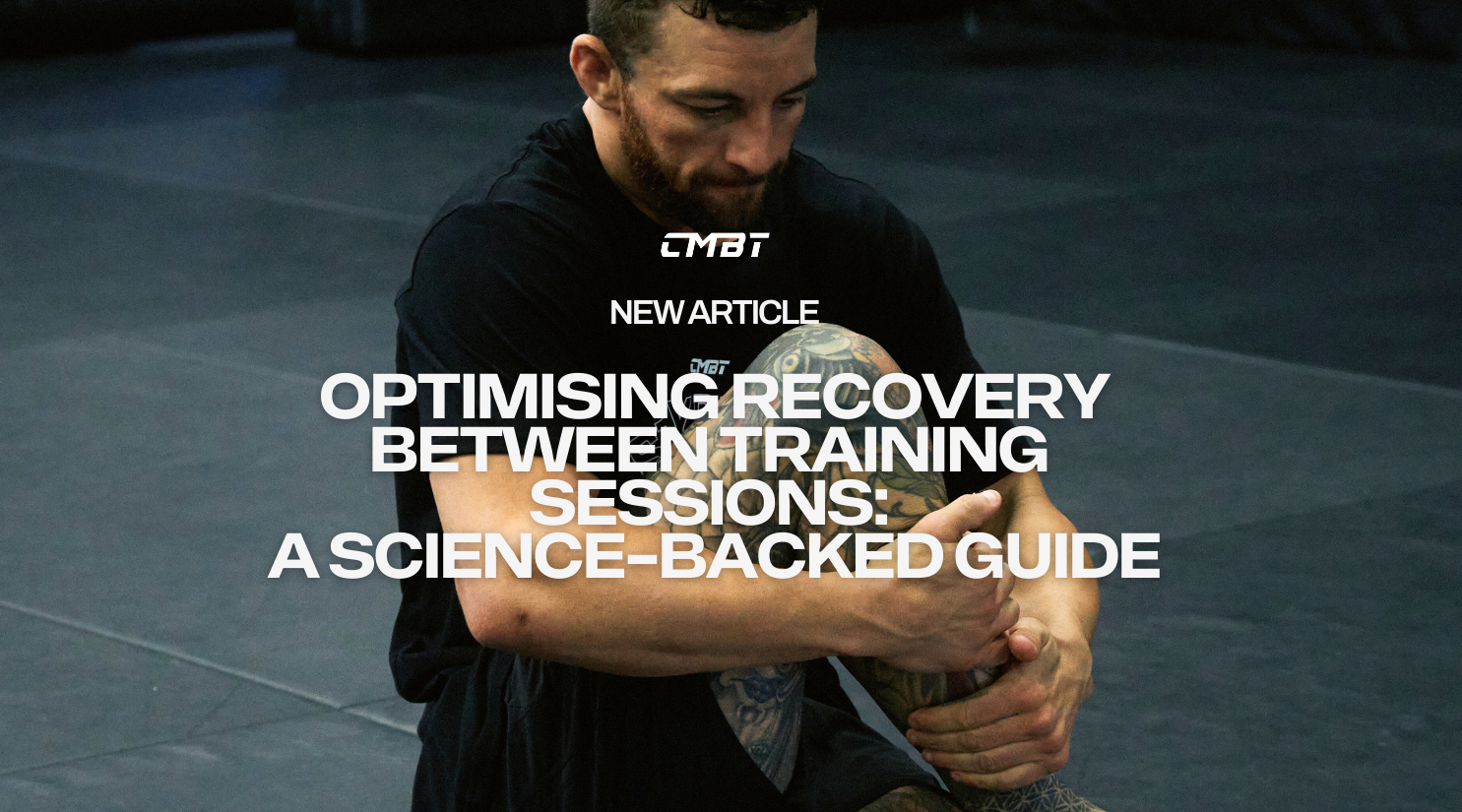


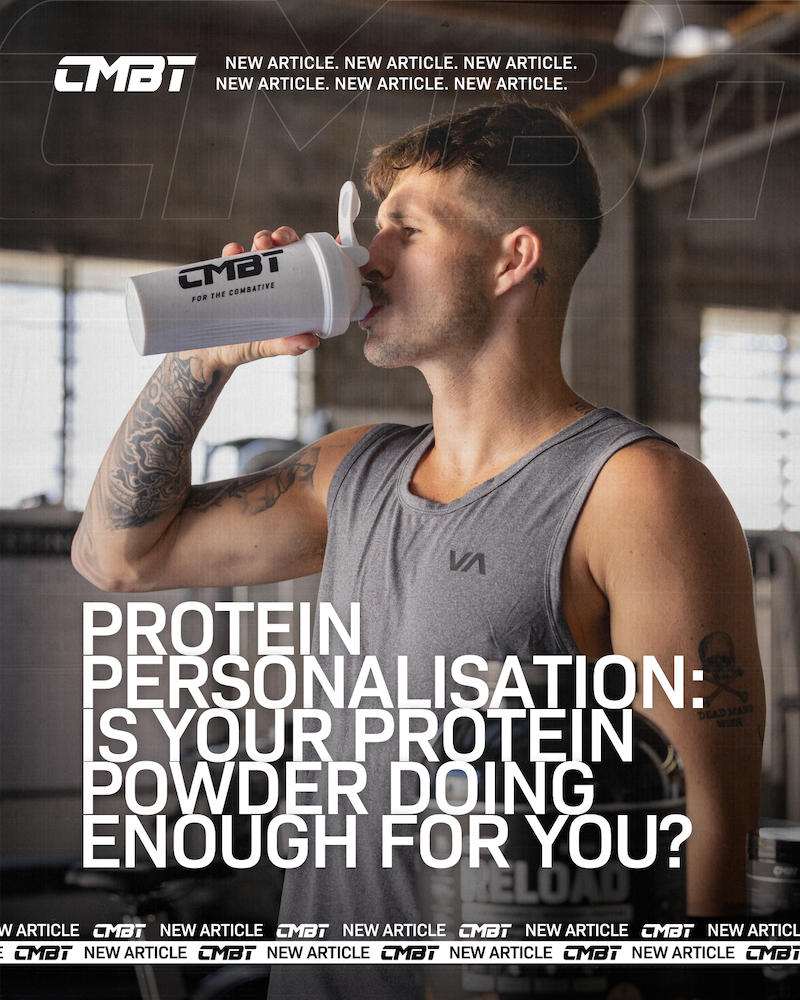
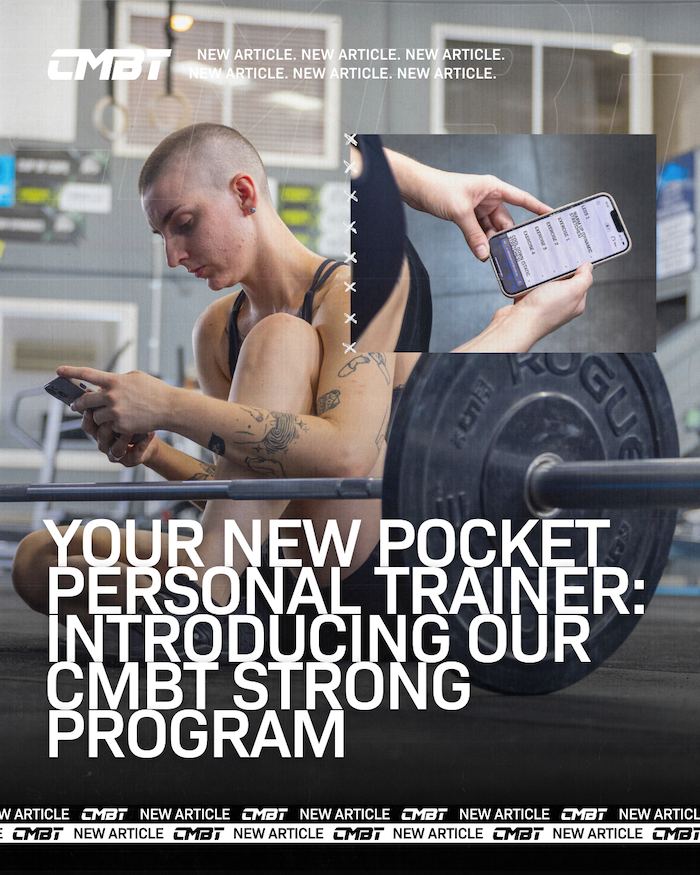
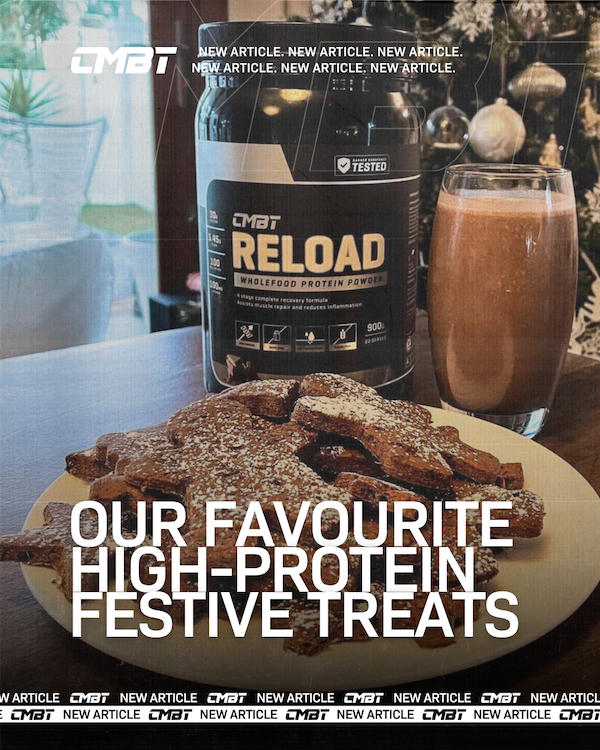

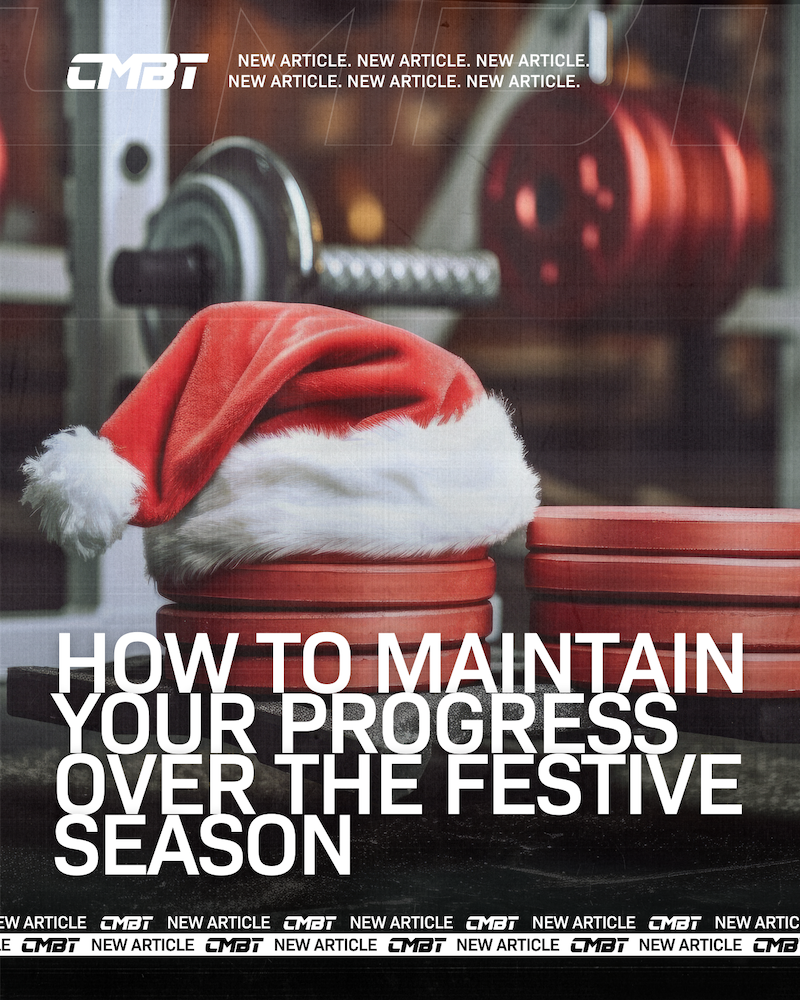
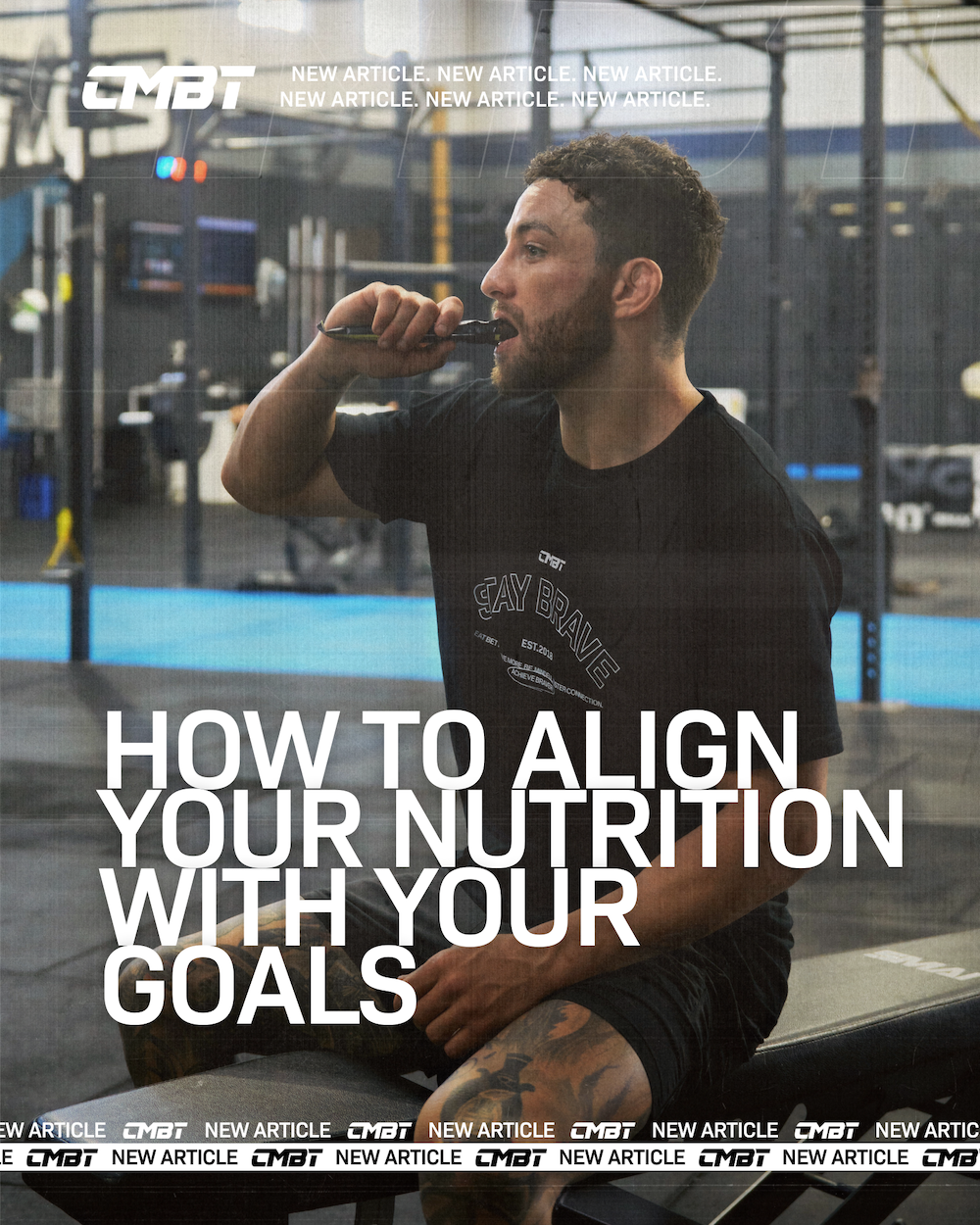

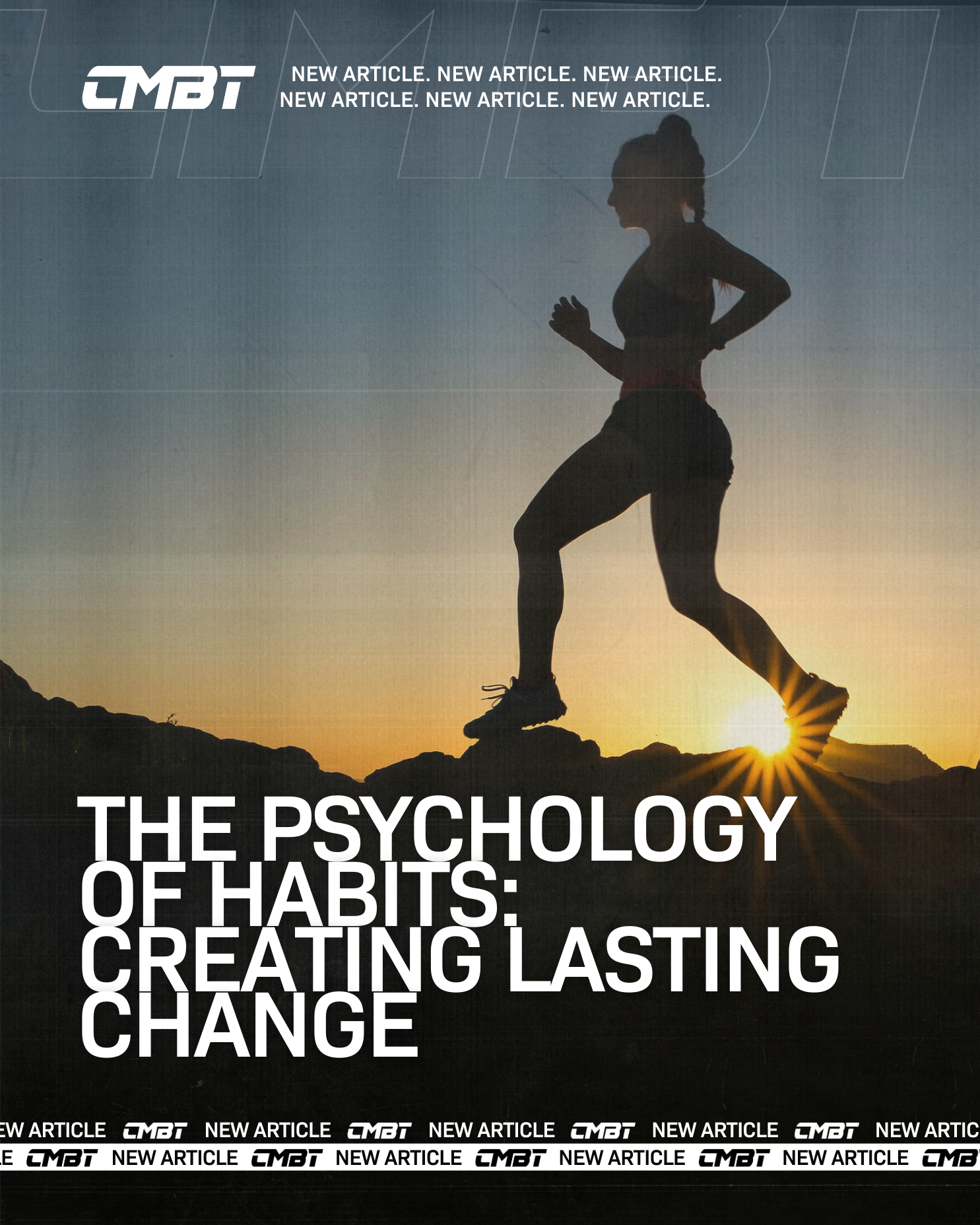

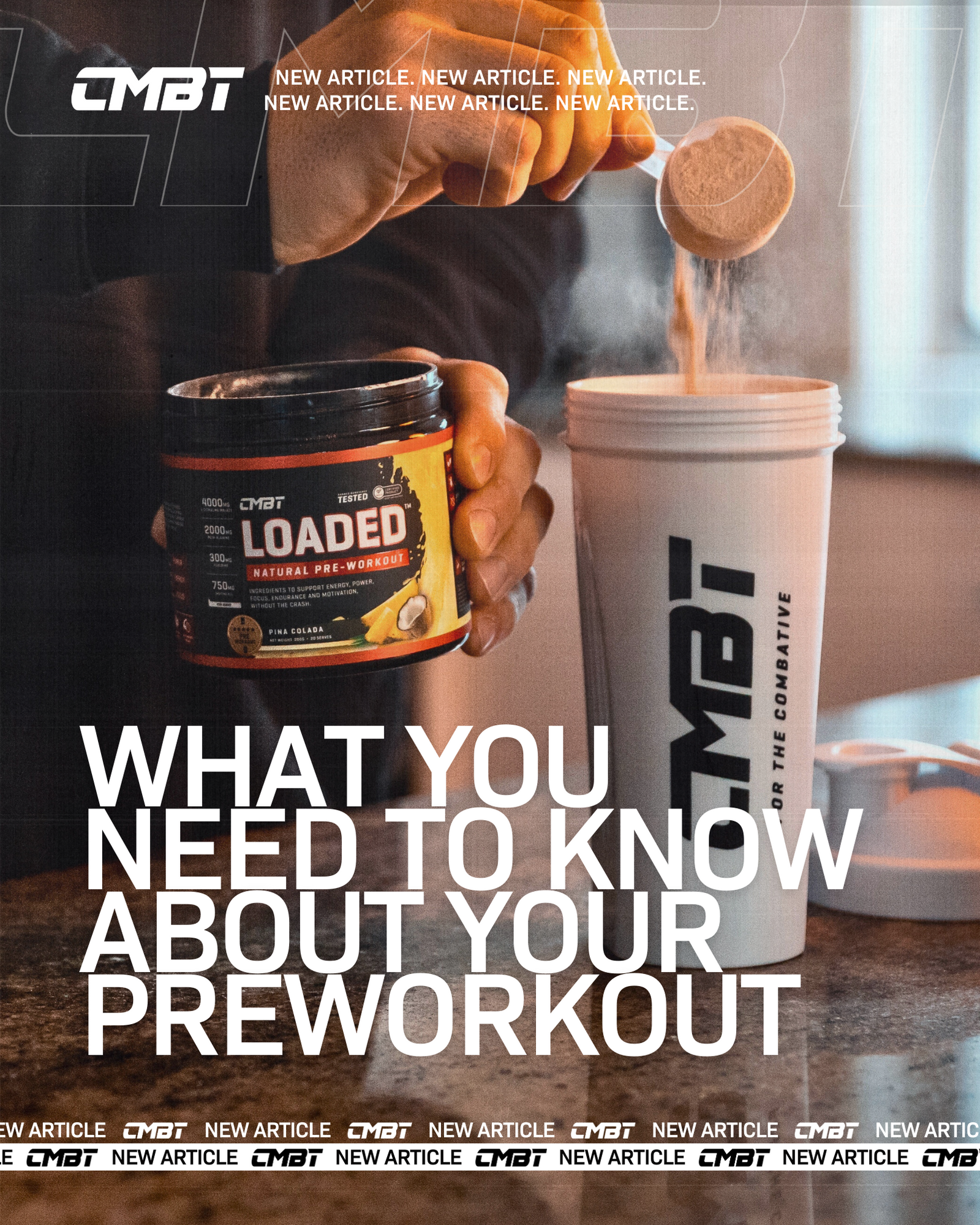

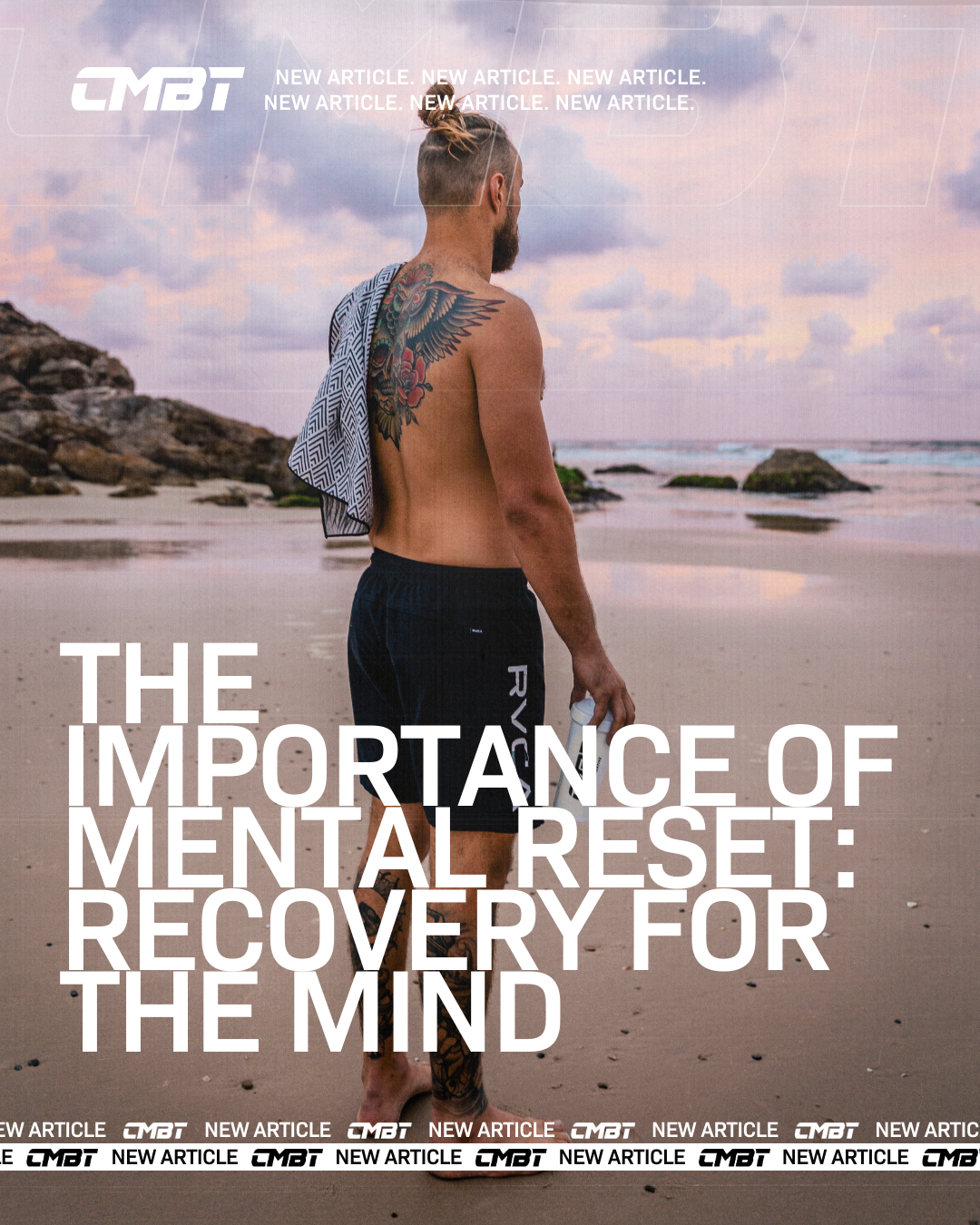
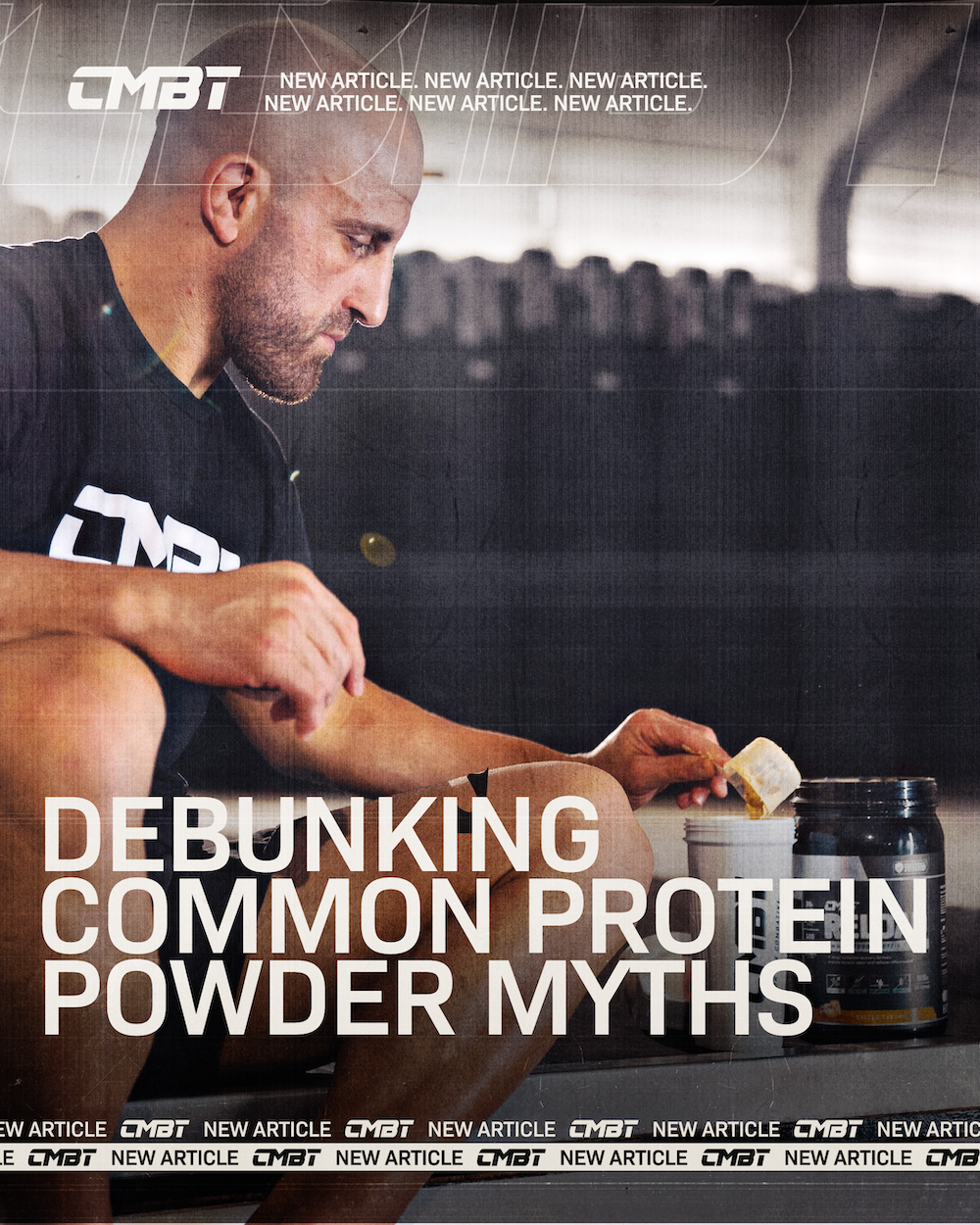
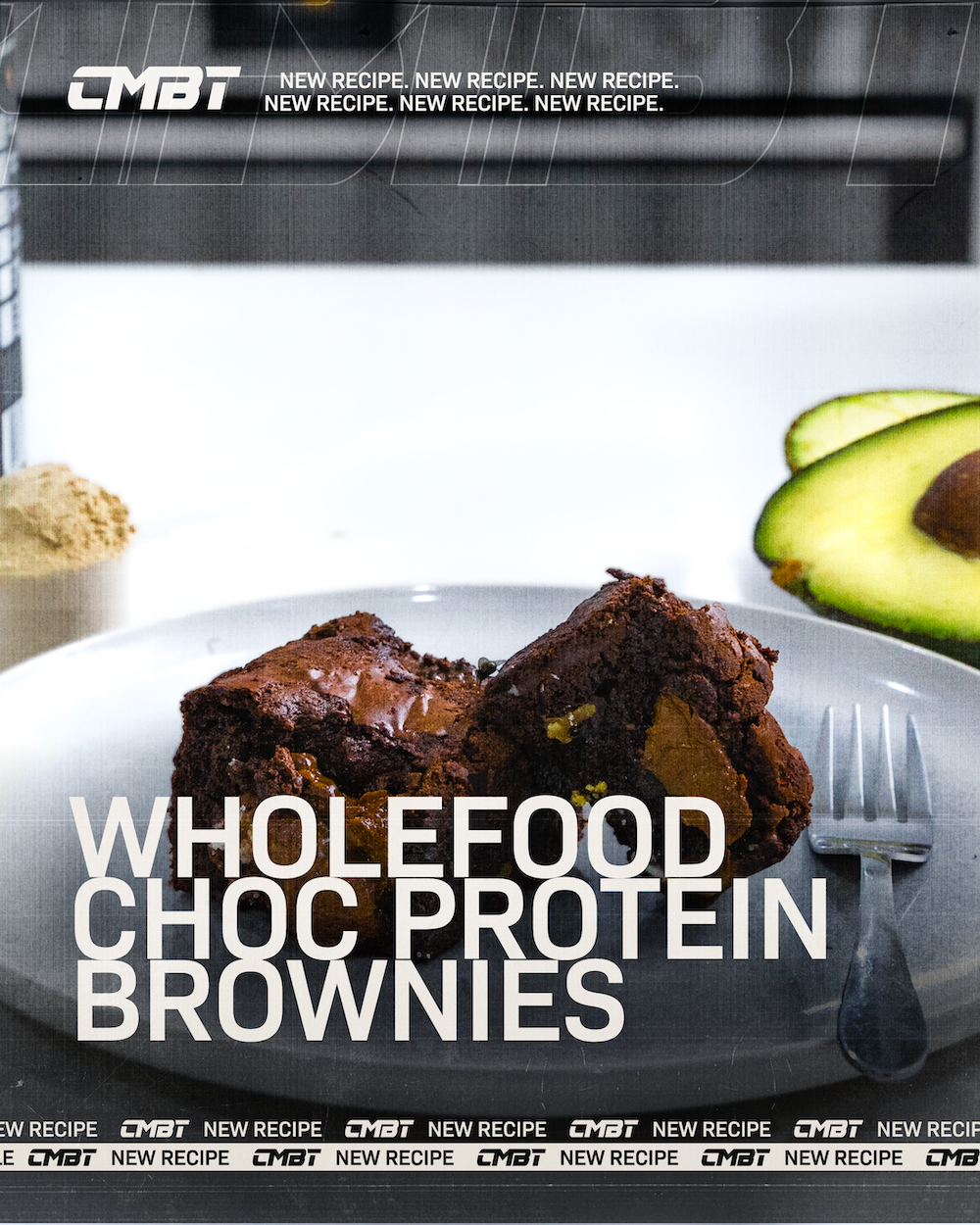


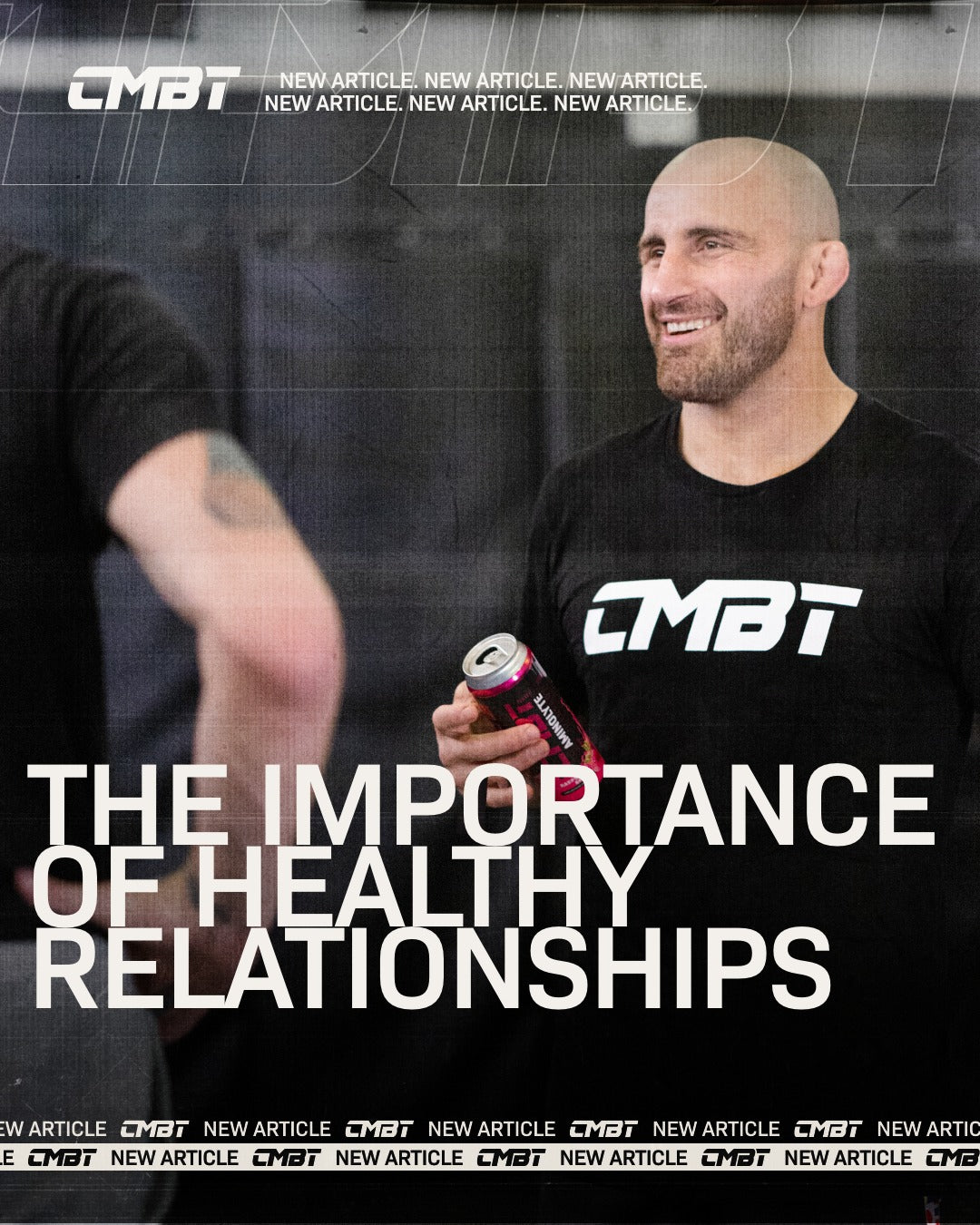

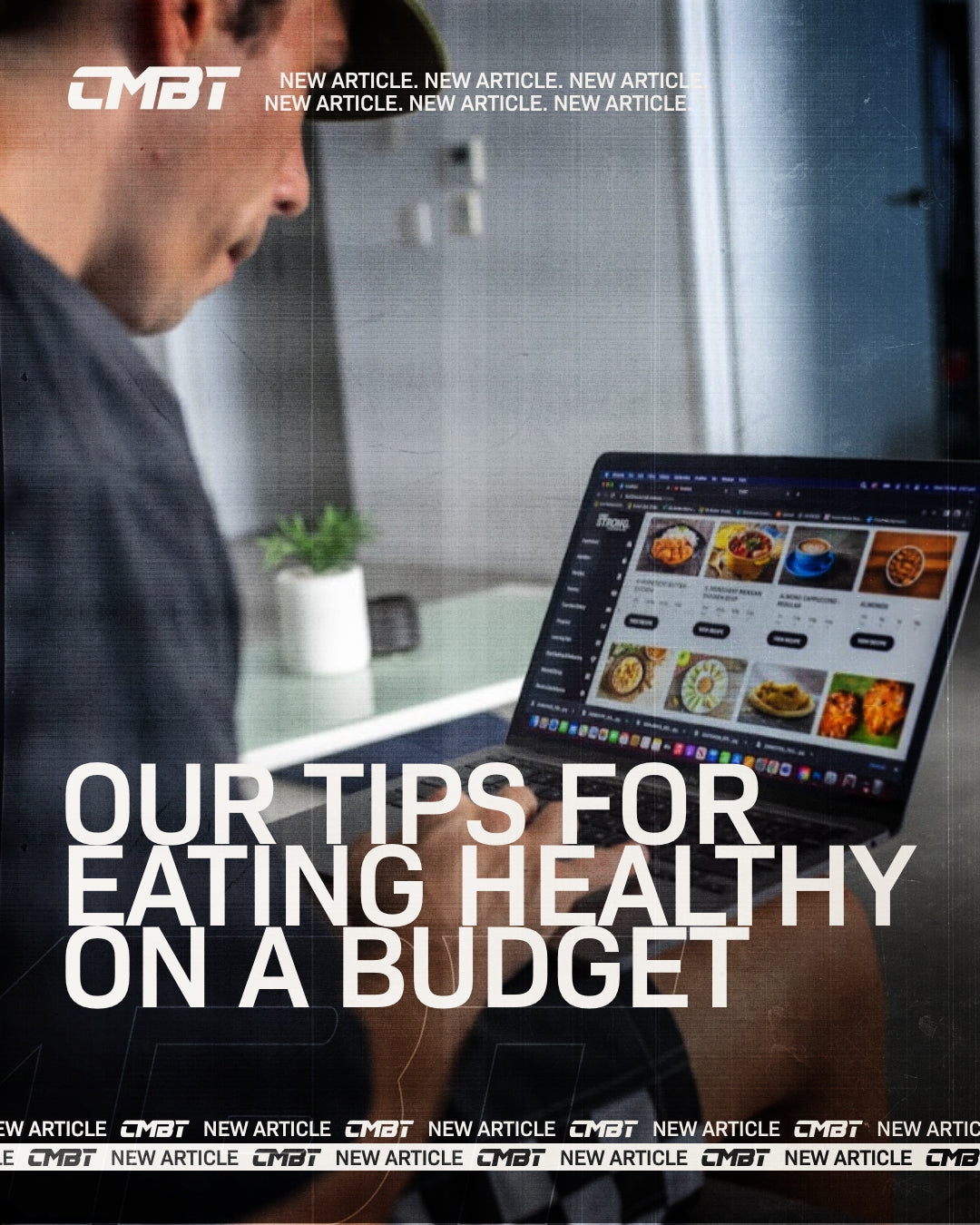
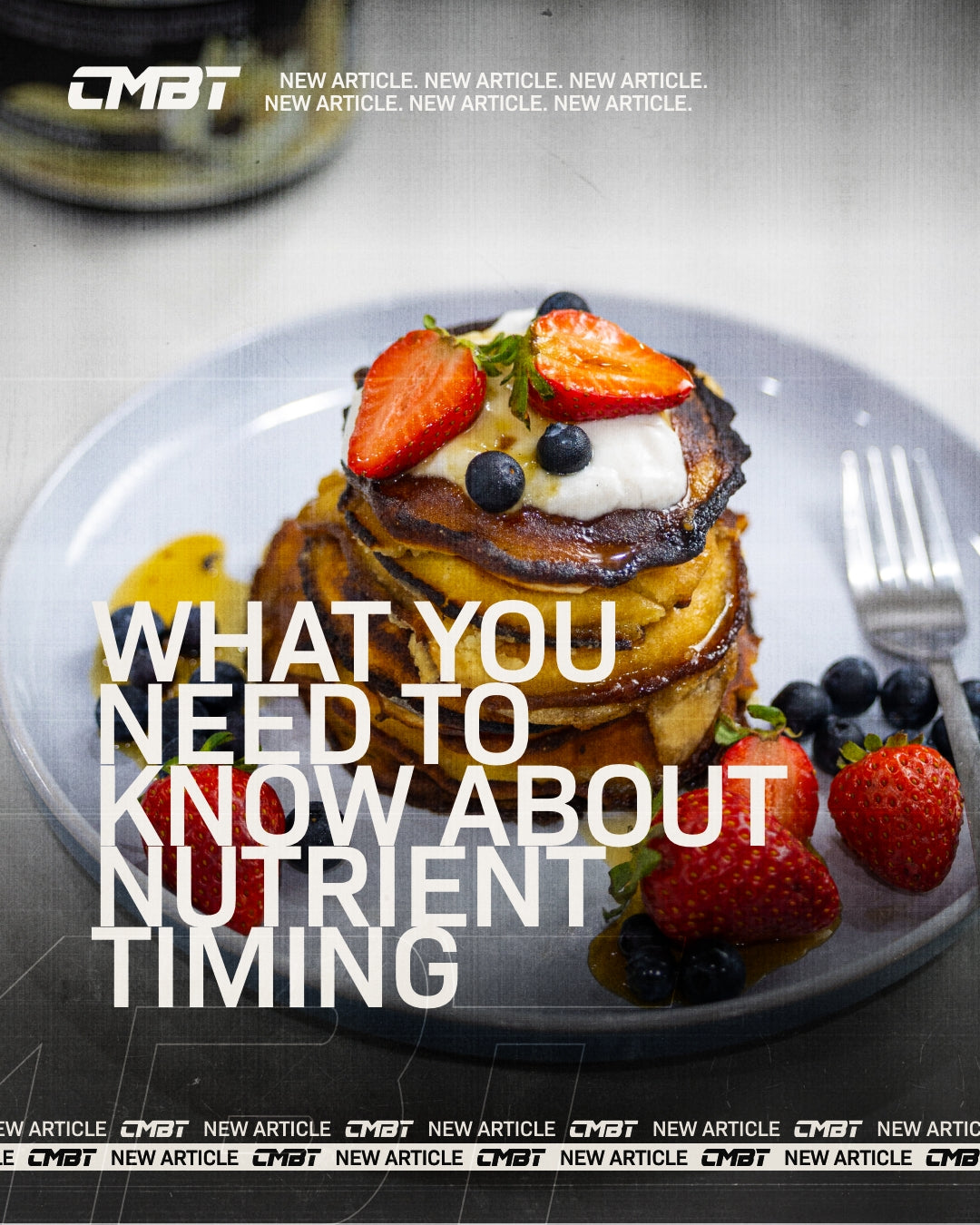
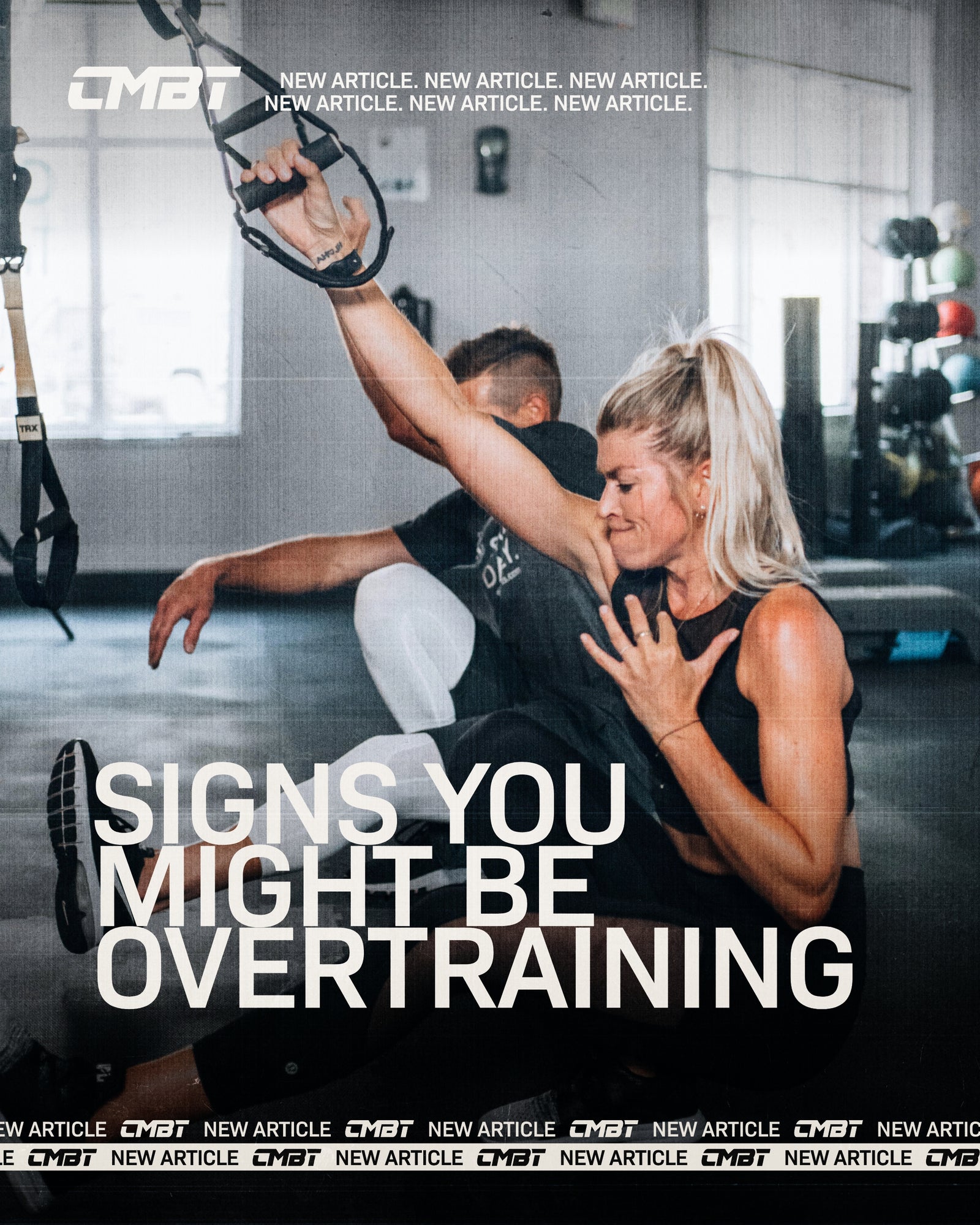
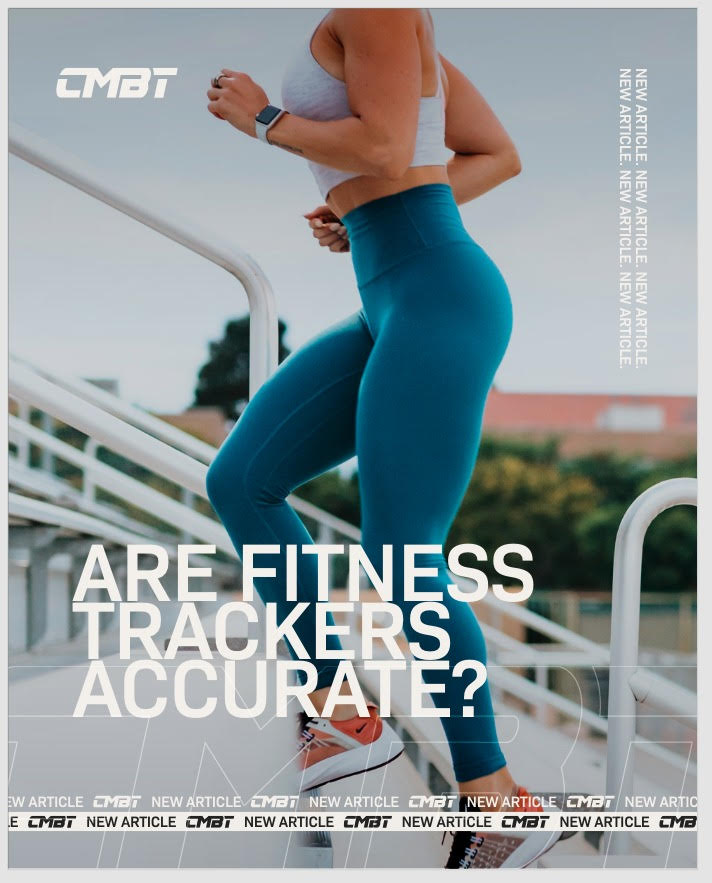

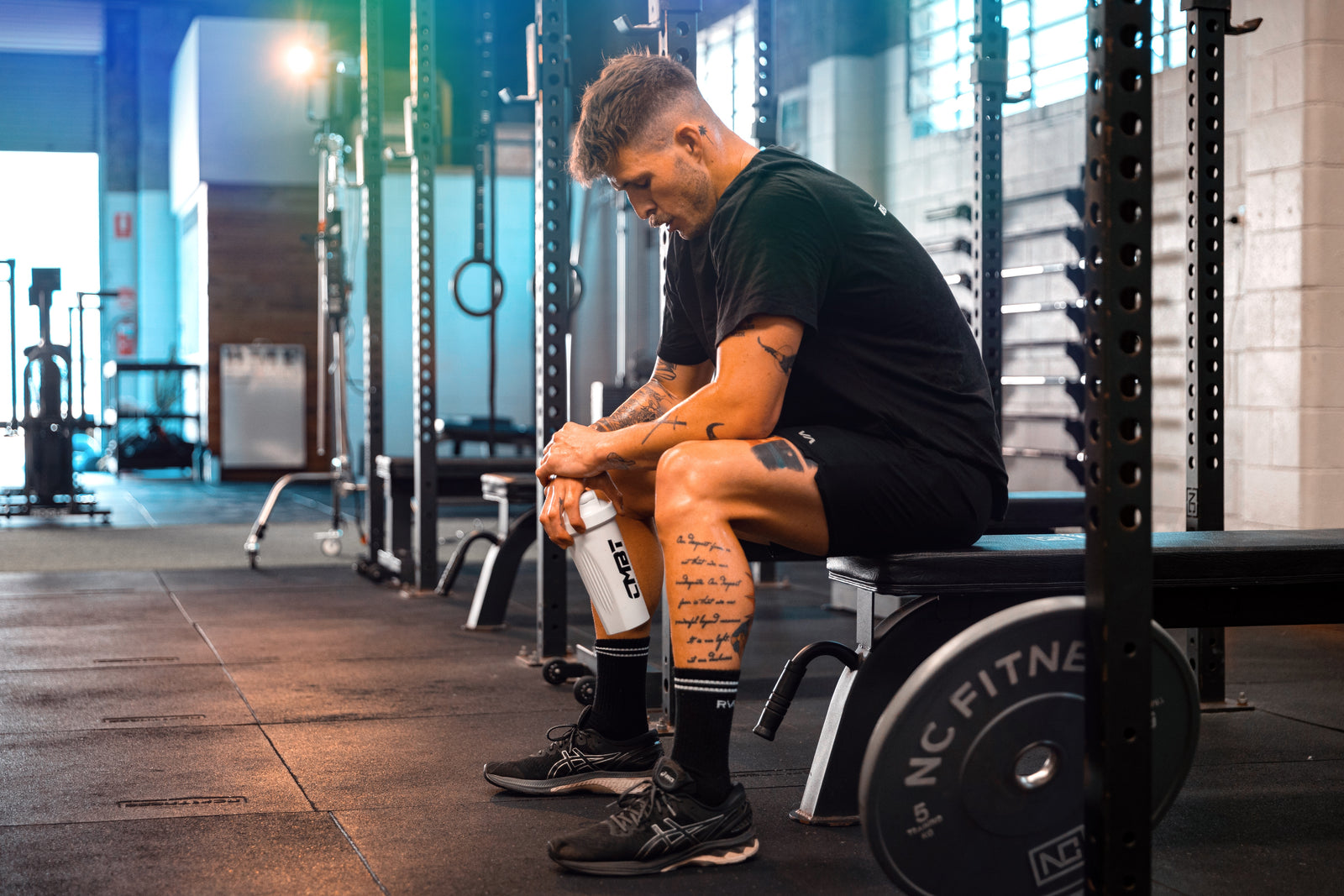



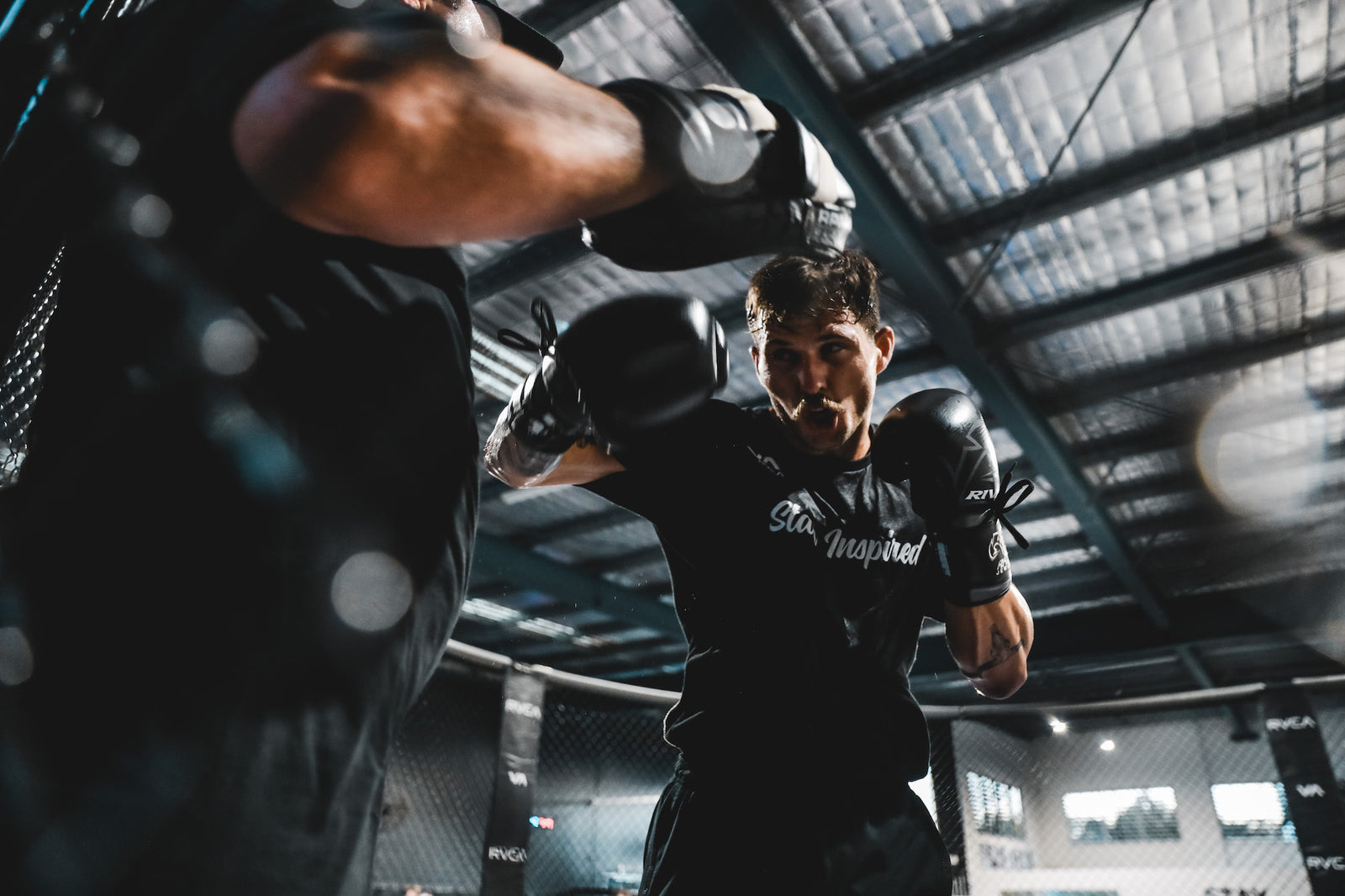
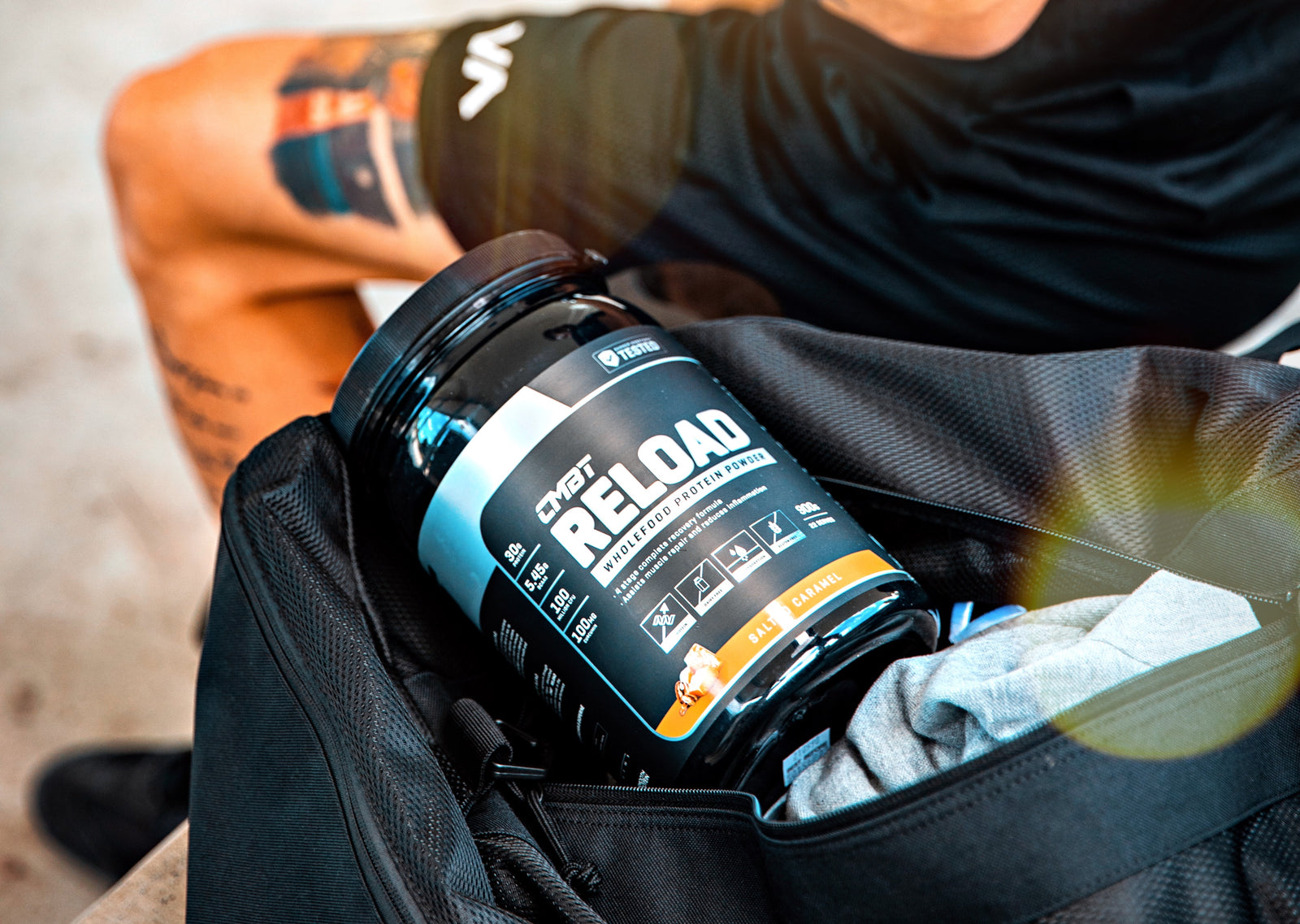
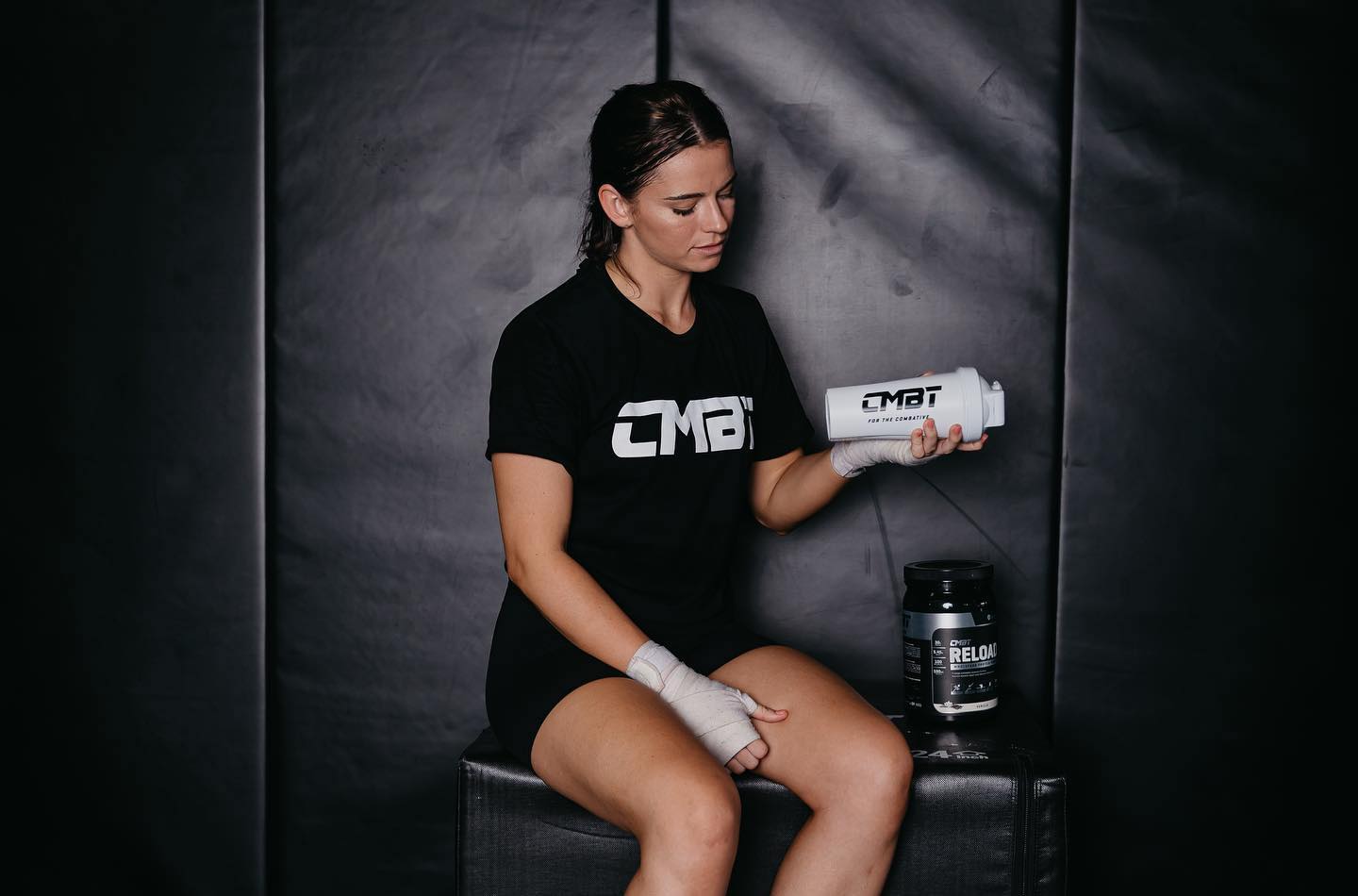

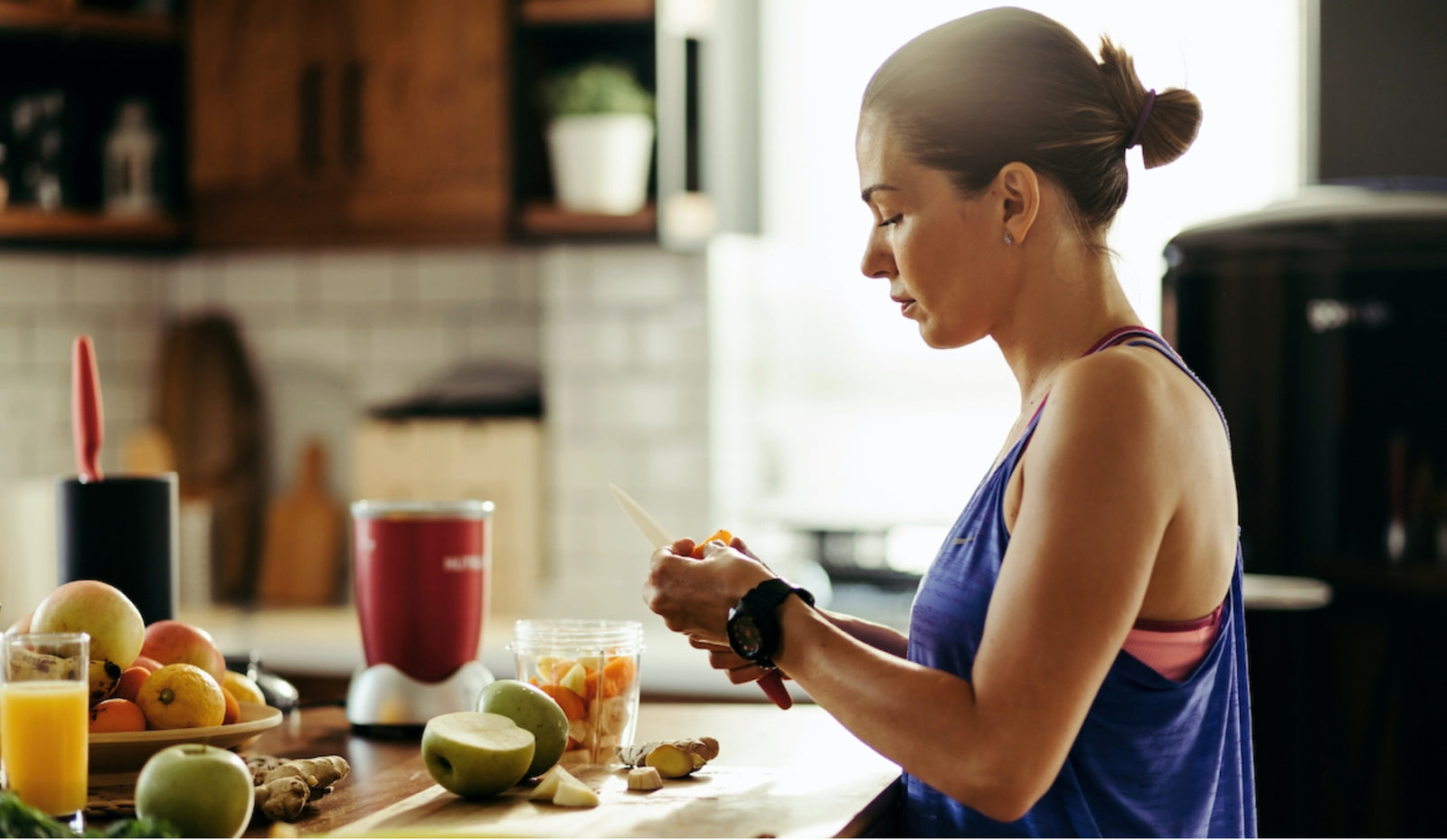
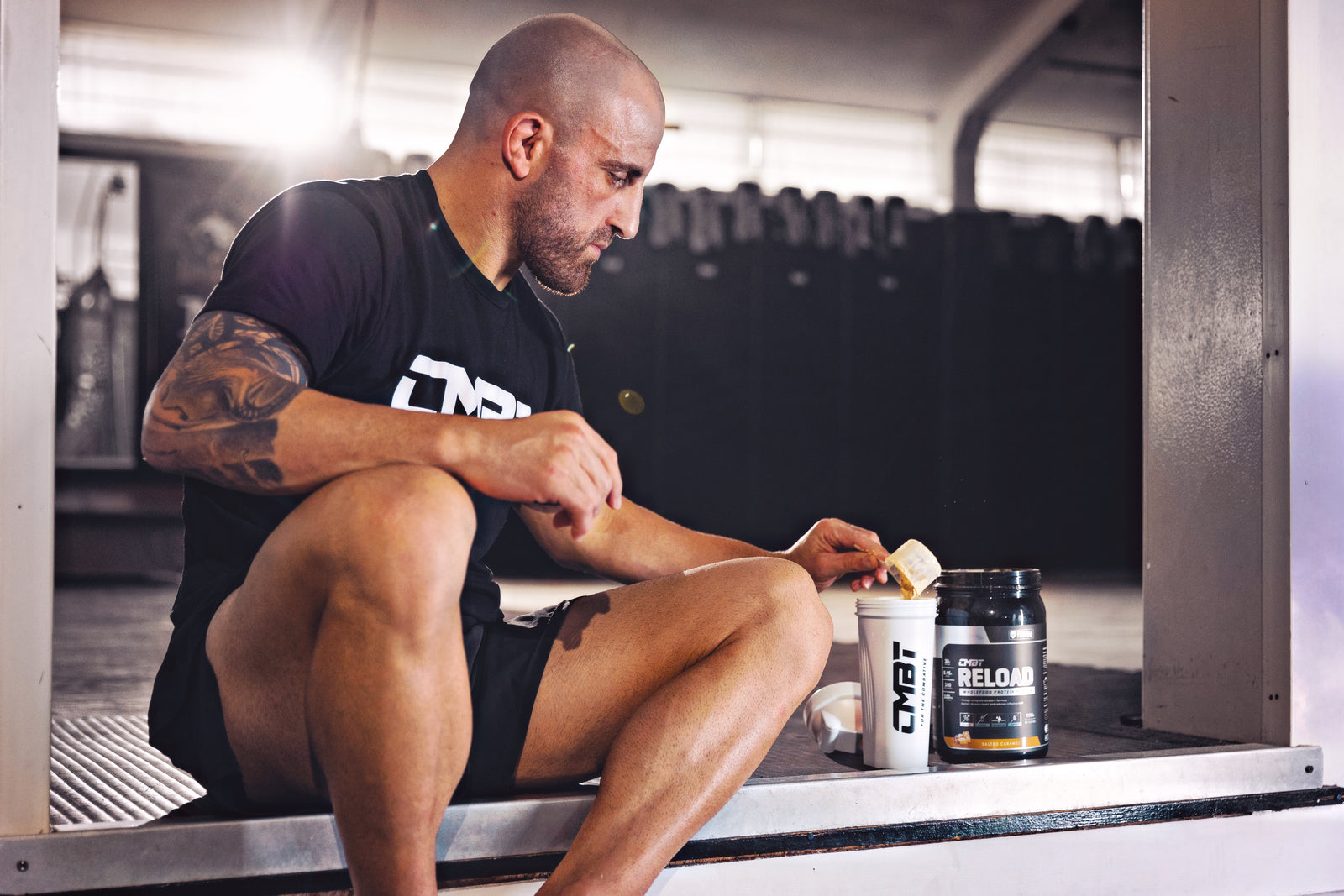


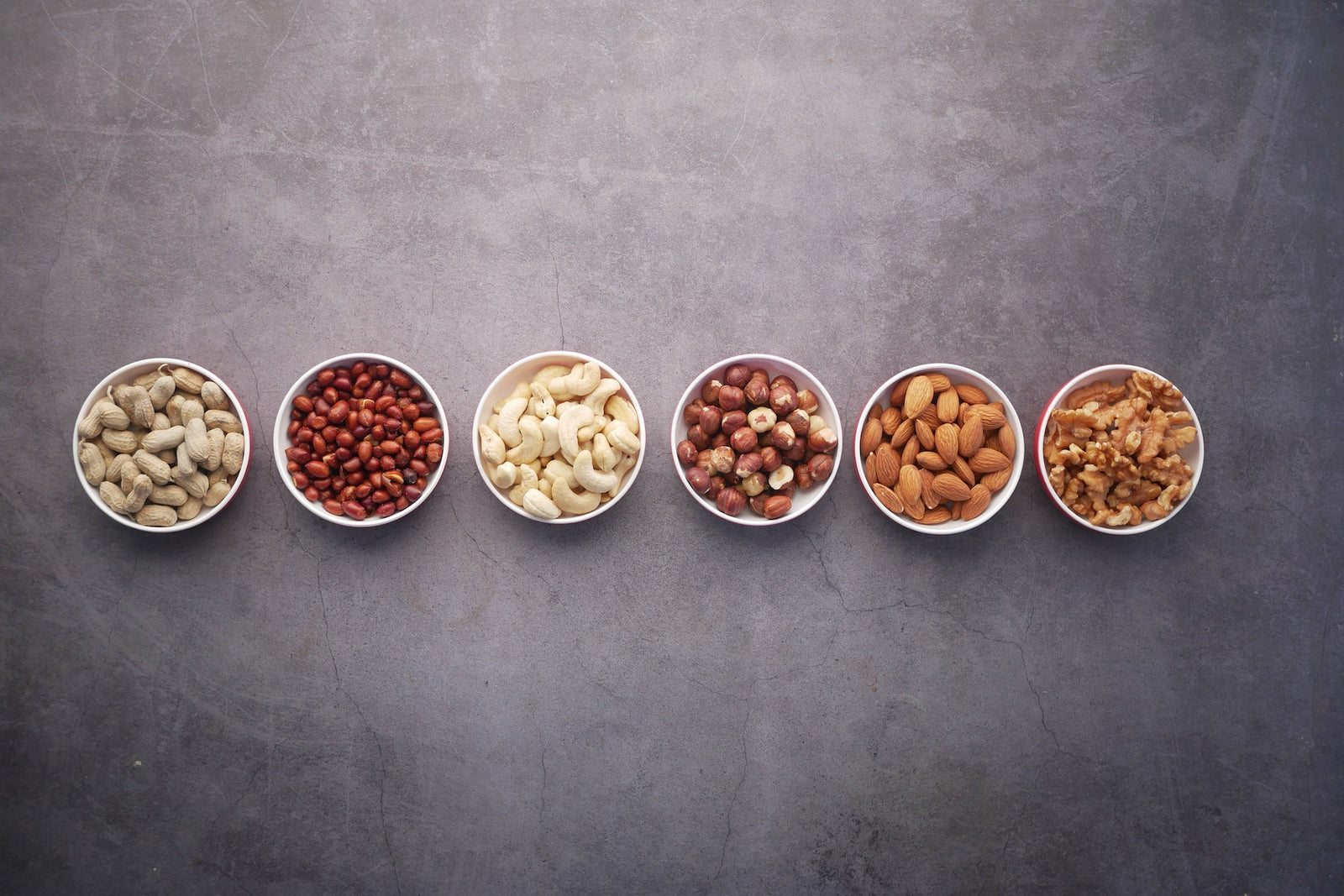

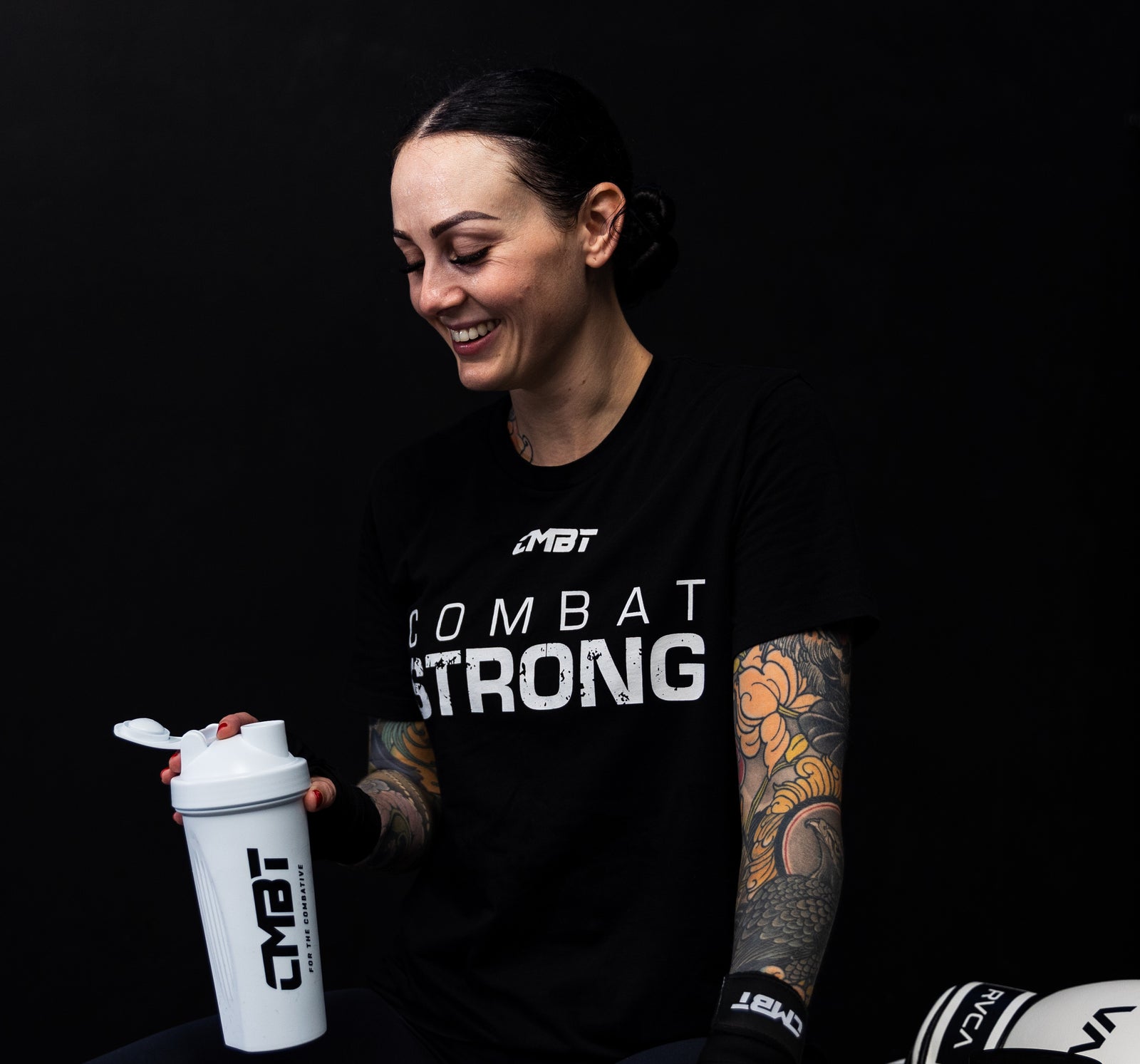
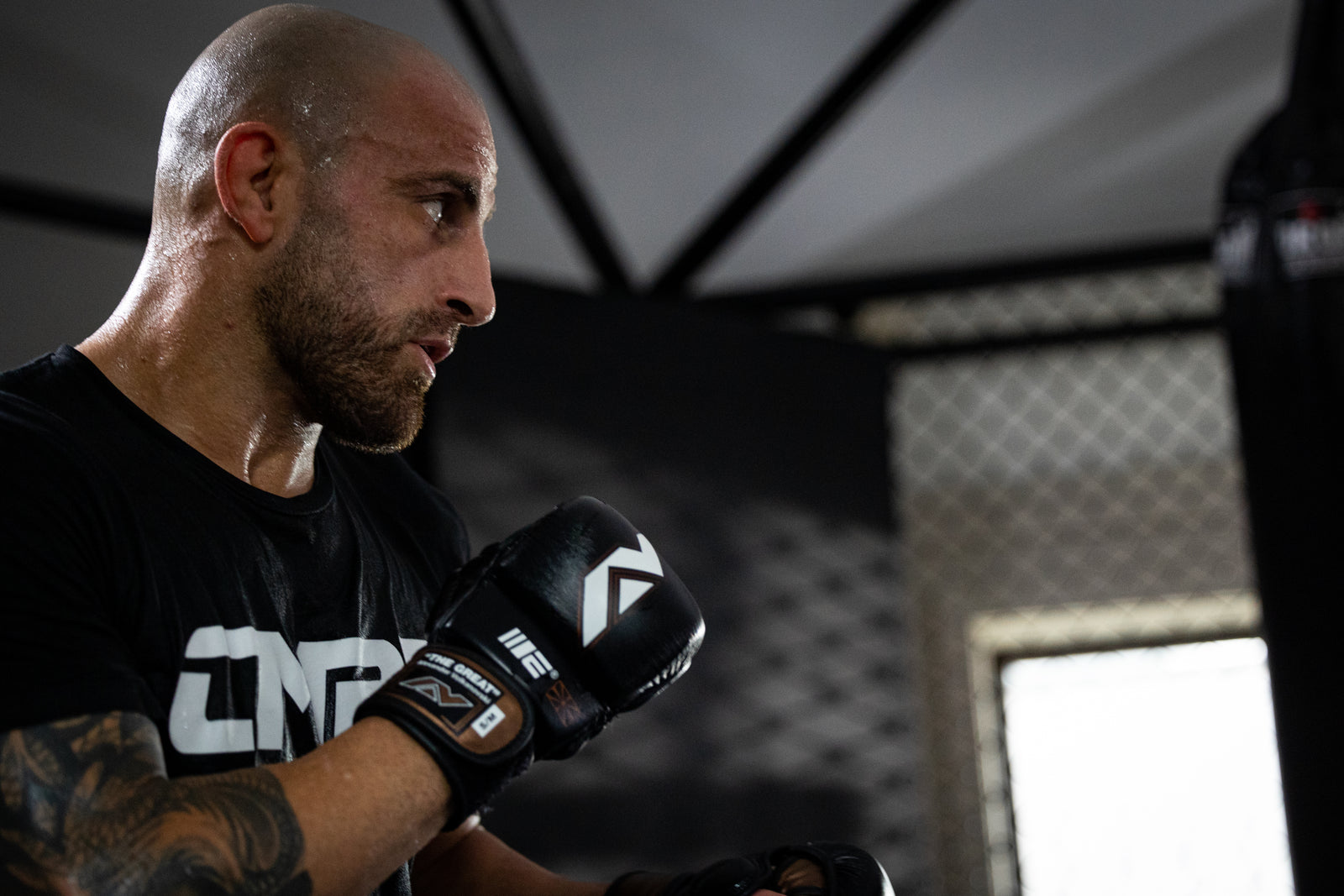
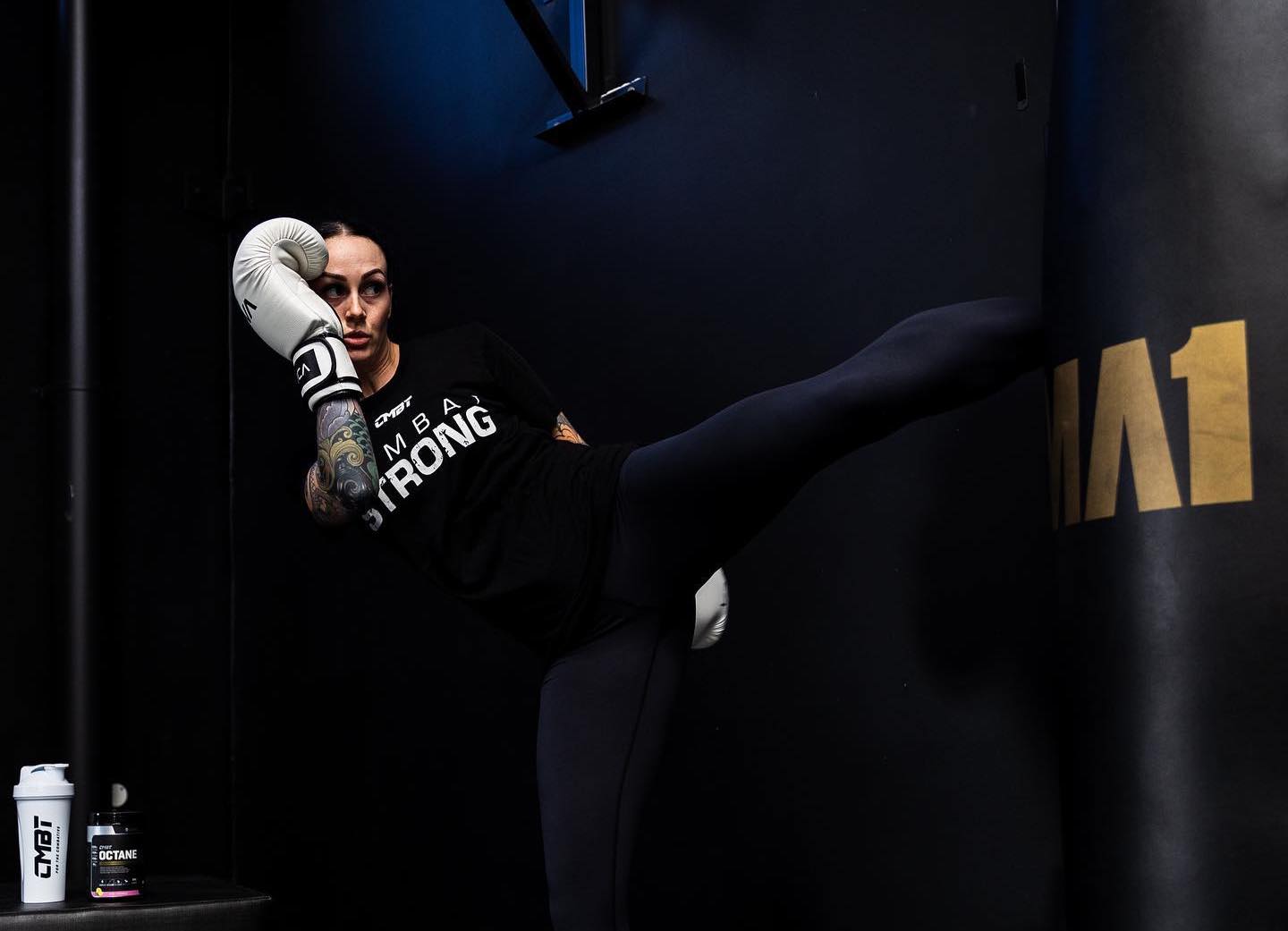




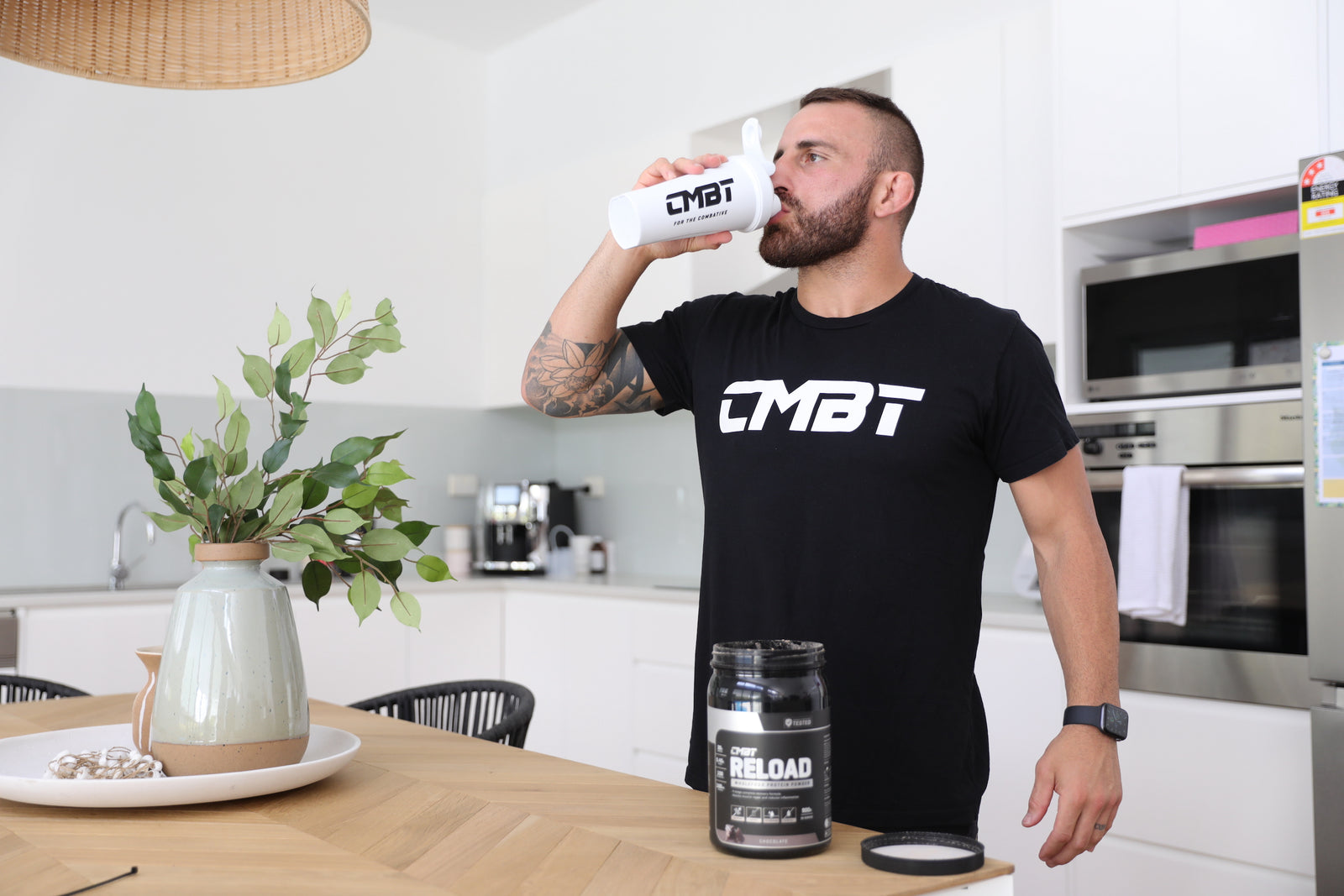
![[VIDEO] Fuel Your Passion feat. Sami Locke](http://cmbt.com.au/cdn/shop/articles/Sami.jpg?v=1625826844&width=1600)